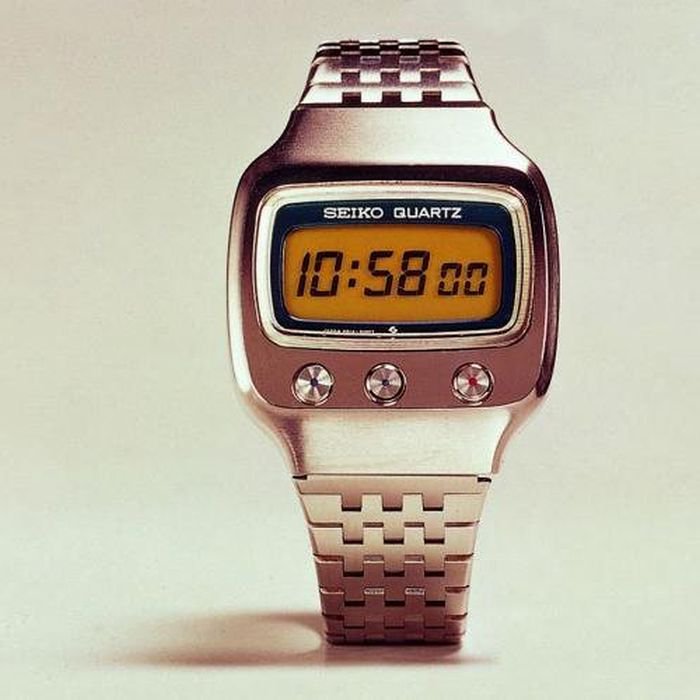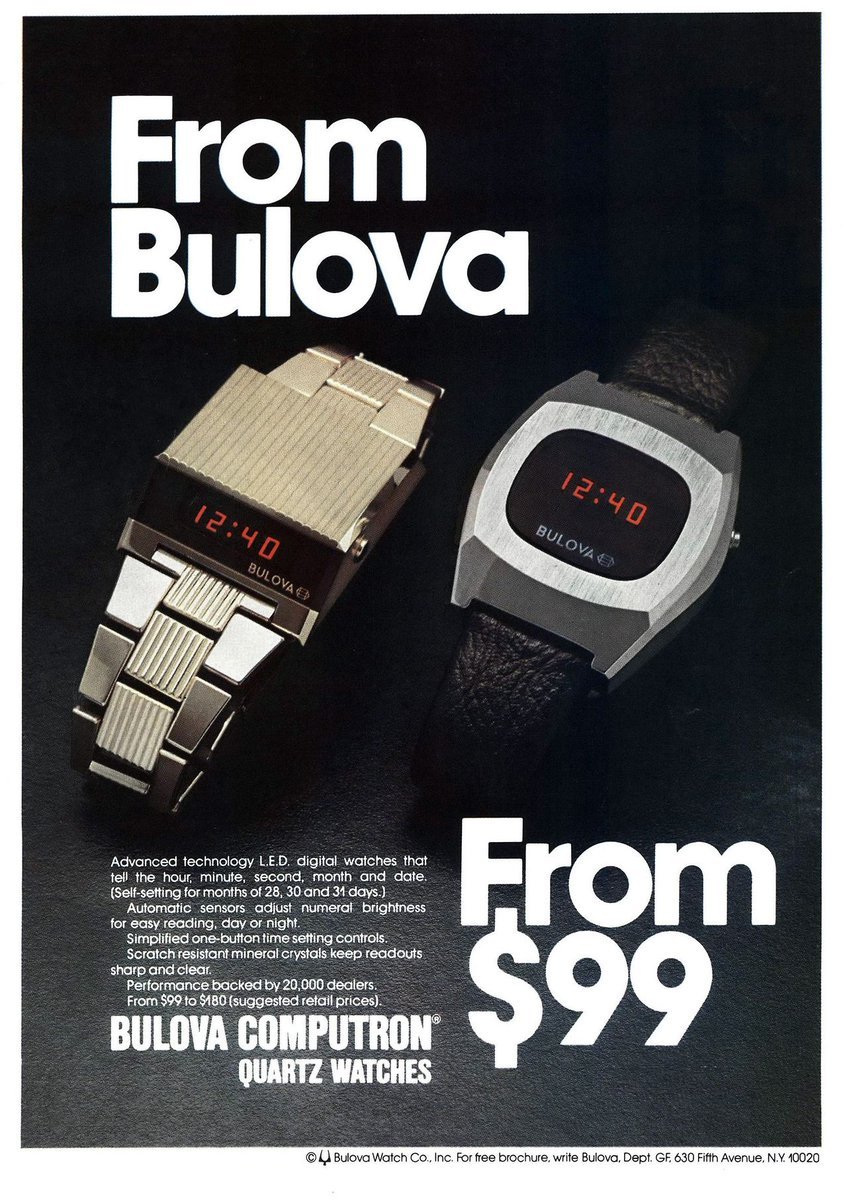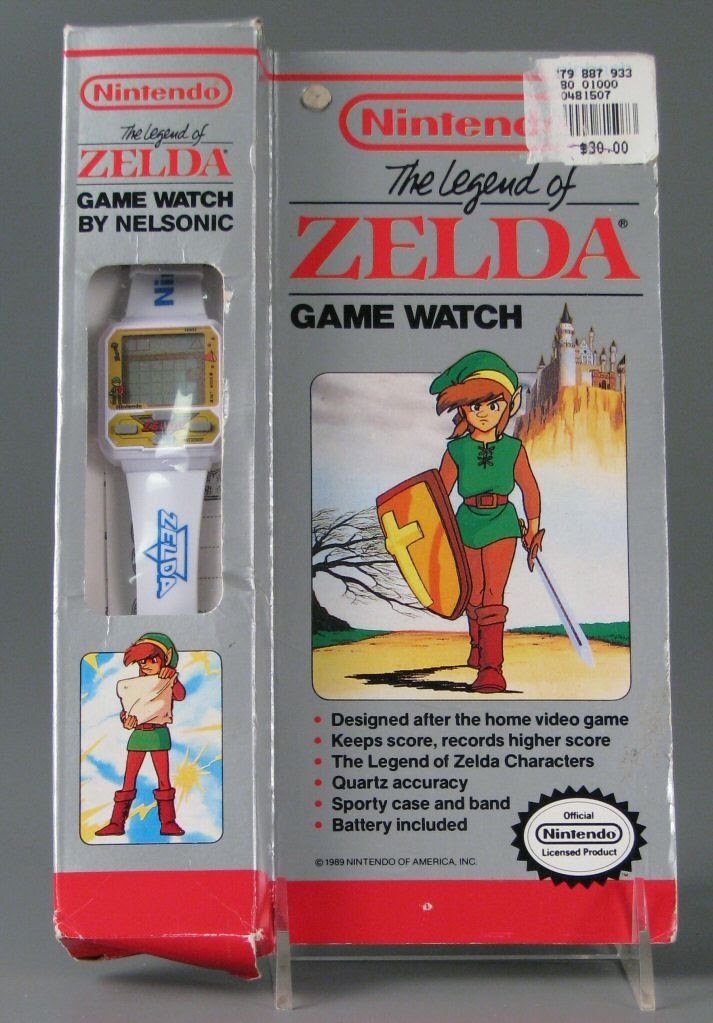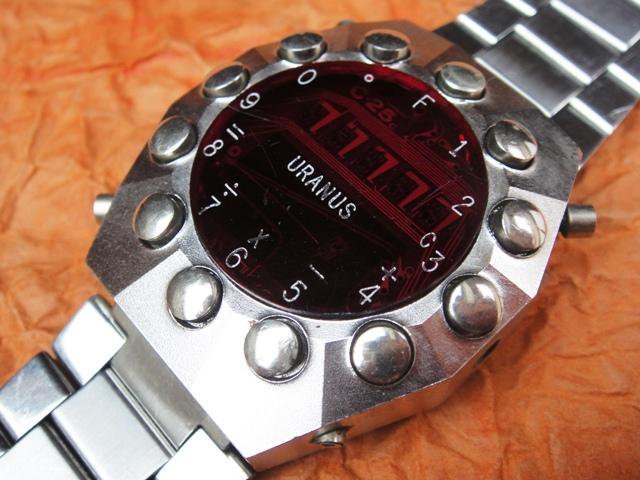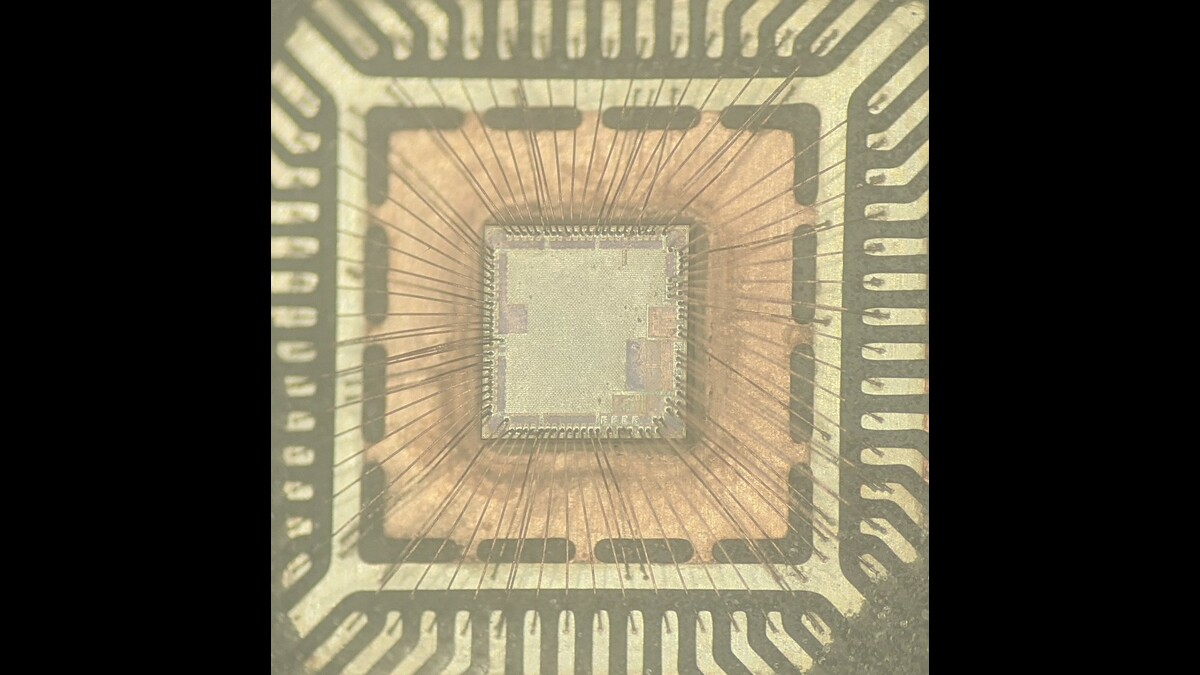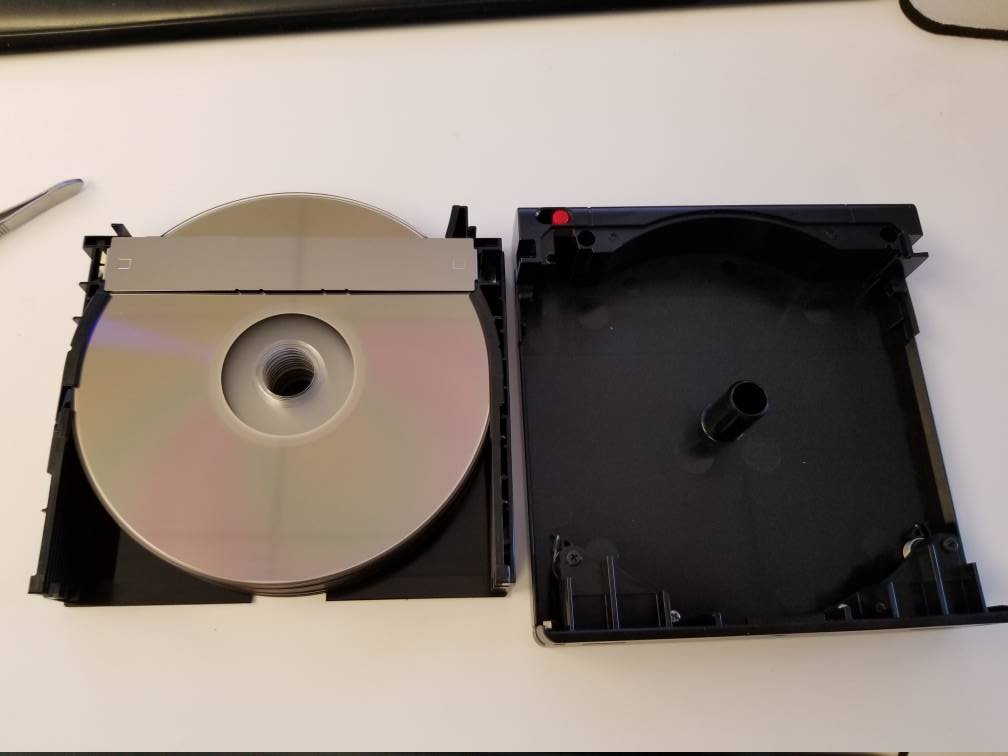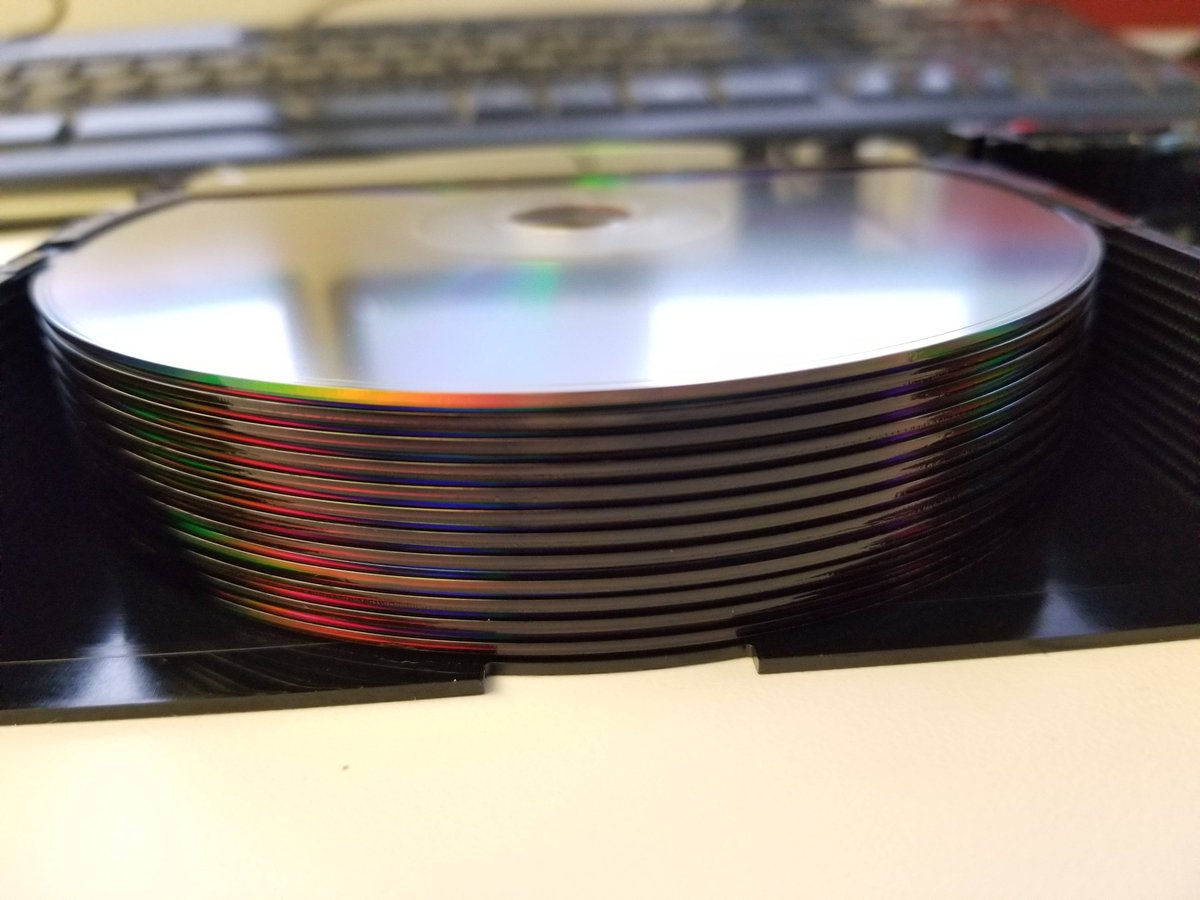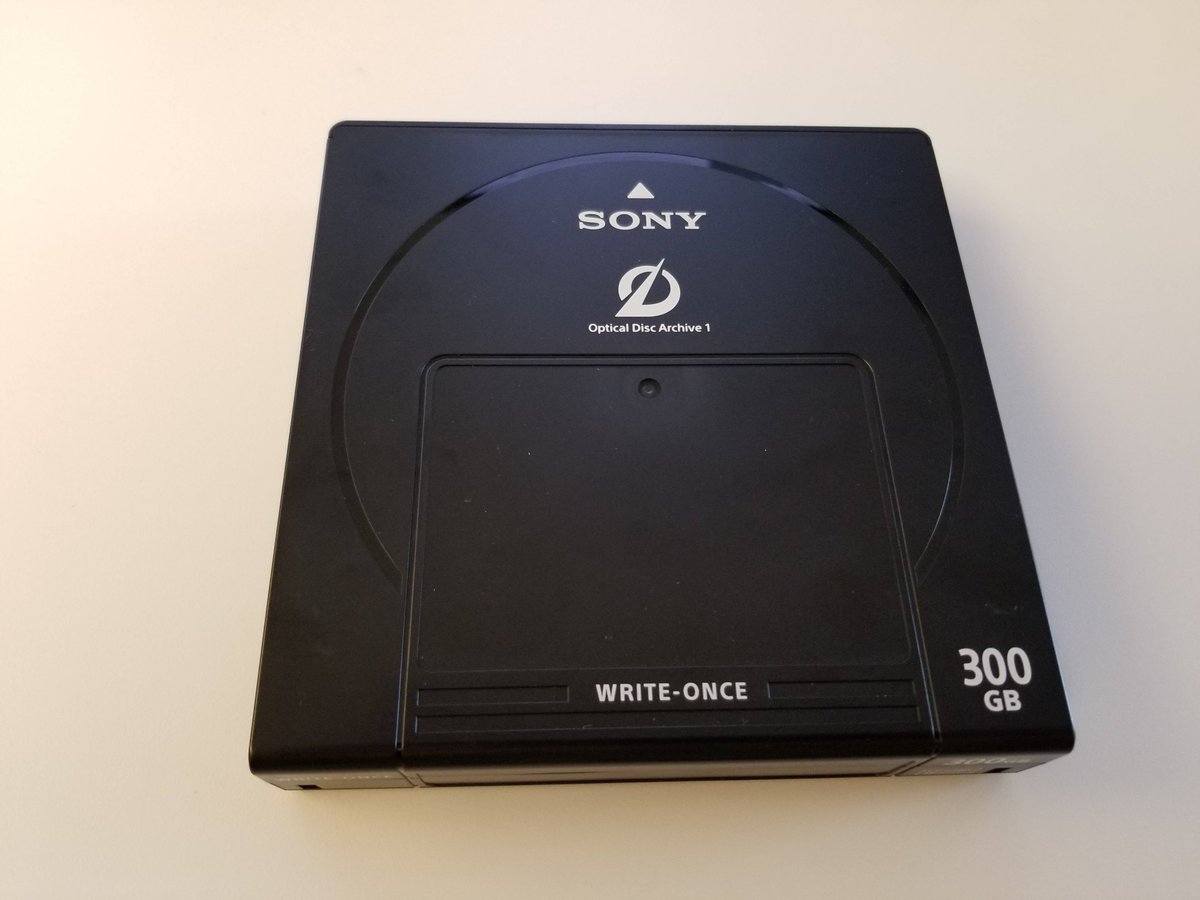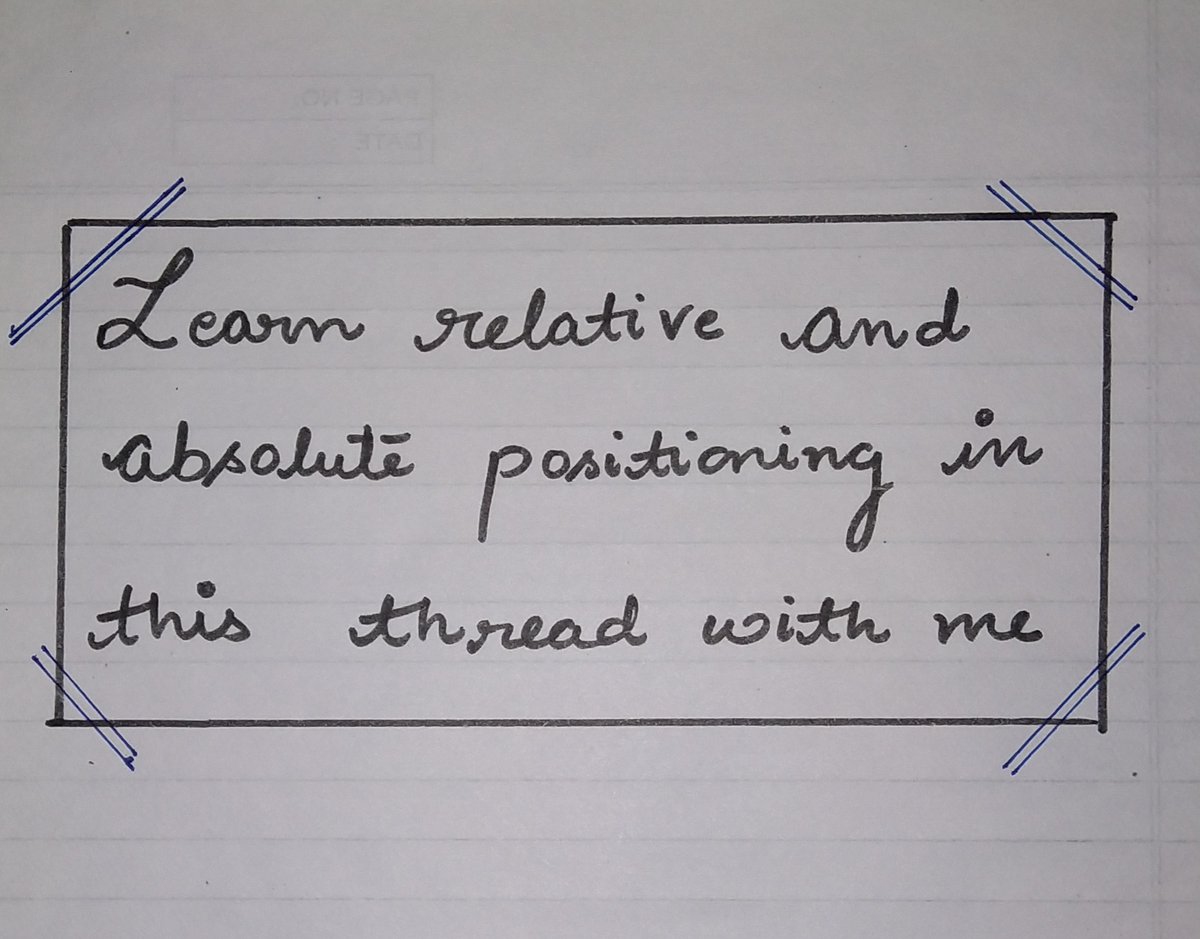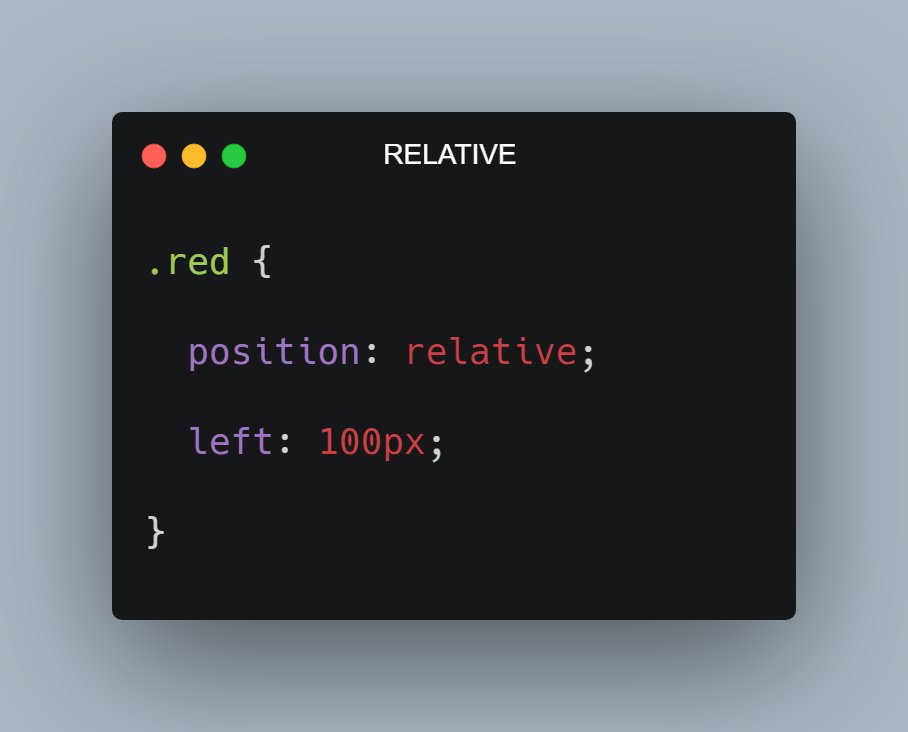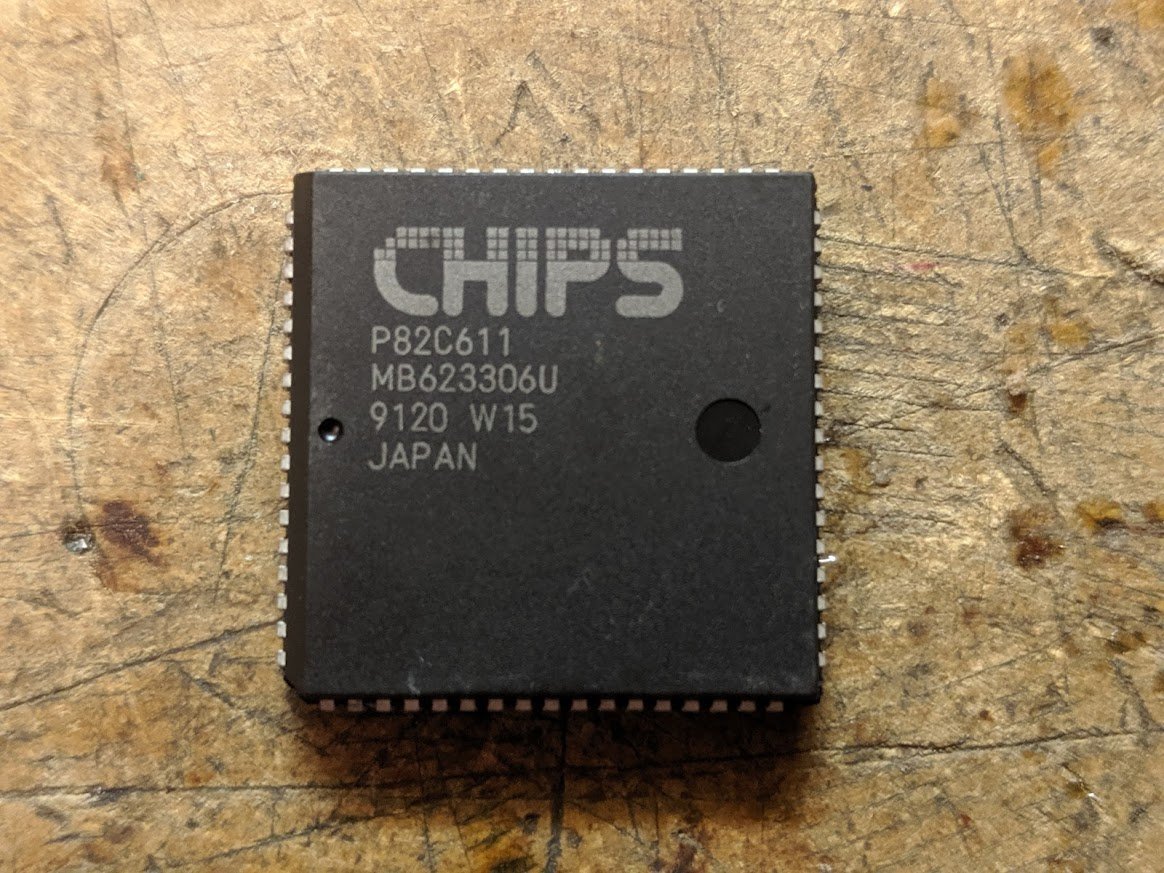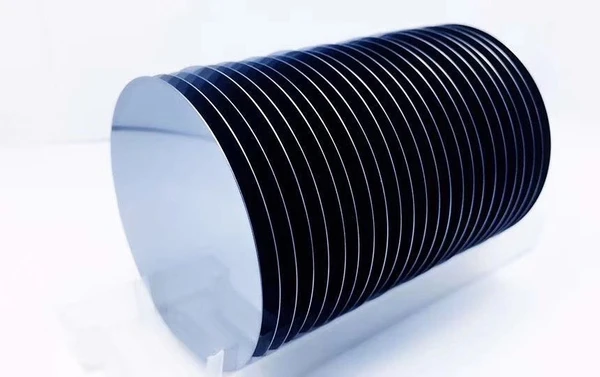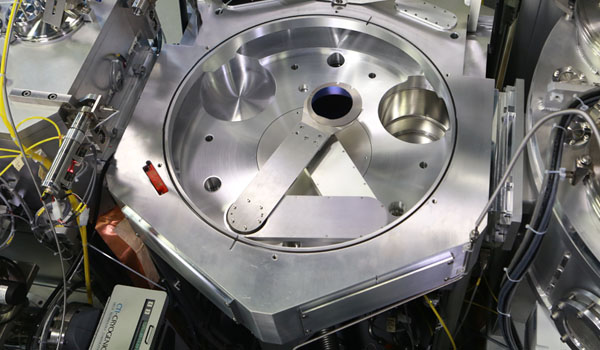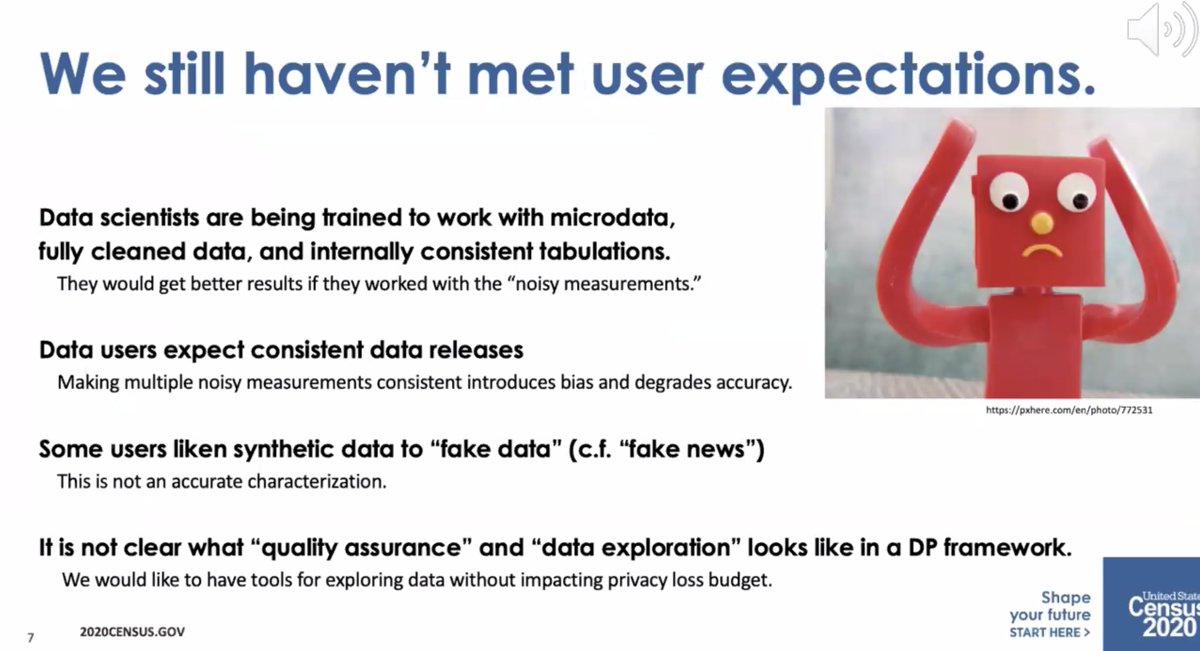Categories Tech
7 days
30 days
All time
Recent
Popular
1/ Happy to announce that we have submitted our #paper ‘Bayes Lines Tool (BLT) - A SQL-script for analyzing diagnostic test results with an application to SARS-CoV-2-testing’.
In this ⬇️thread⬇️, I will explain why our tool is that powerful for decision makers. #UnbiasedScience

2/ In the meantime, the submitted paper is available on the preprint platform @zenodo_org. Factual criticism is highly desired and encouraged. The publication itself presents a seminal Bayesian calculator, the Bayes Lines Tool (BLT). (Petje af, @waukema!)
3/ The Bayes Line Tool (available on https://t.co/jIomSIxOd9) is able to back-solve disease #prevalence, test #sensitivity, test #specificity, and therefore, true positive, false positive, true negative and false negative numbers from official governmental test outcome reports.
4/ This is done by creating confusion matrices with four variables. Namely: TP, FP, TN, FN. In order to calculate the matrices, we need prevalence, specificity, and sensitivity as well as the number of people that got tested (within a given period) and the number of positives.

5/ The number of positives and the number of tests are given by the government. Prevalence, specificity, and sensitivity are unknown. So we assume any combination of them ranging from 0-99%. These three combinations can amount up to #millions of #combinations.

In this ⬇️thread⬇️, I will explain why our tool is that powerful for decision makers. #UnbiasedScience

2/ In the meantime, the submitted paper is available on the preprint platform @zenodo_org. Factual criticism is highly desired and encouraged. The publication itself presents a seminal Bayesian calculator, the Bayes Lines Tool (BLT). (Petje af, @waukema!)
3/ The Bayes Line Tool (available on https://t.co/jIomSIxOd9) is able to back-solve disease #prevalence, test #sensitivity, test #specificity, and therefore, true positive, false positive, true negative and false negative numbers from official governmental test outcome reports.
4/ This is done by creating confusion matrices with four variables. Namely: TP, FP, TN, FN. In order to calculate the matrices, we need prevalence, specificity, and sensitivity as well as the number of people that got tested (within a given period) and the number of positives.

5/ The number of positives and the number of tests are given by the government. Prevalence, specificity, and sensitivity are unknown. So we assume any combination of them ranging from 0-99%. These three combinations can amount up to #millions of #combinations.

A fun fact on the wikipedia page for the metal–oxide–semiconductor field-effect transistor:
it is the most frequently manufactured device in history, and the total number manufactured from 1960-2018 is 13 sextillion.
That's 13,000,000,000,000,000,000,000.

Though this picture is a bit misleading.
Even with devices this small, we couldn't make 13 sextillion of them in 60 years.
So imagine a chip like this. It's the 555 timer, which is one of the most popular integrated circuits ever made.
In 2017, it was estimated a billion are made every year.

And at the heart of it is the die, which looks like this:
(from Ken Shirriff's blog)
https://t.co/mz5PQDjYqF

And that's fundamentally a bunch of CMOS transistors (along with some diodes and resistors), which are a type of MOSFET. How many of them are on a 555?
about 25. Not many, but it's a very simple chip.
it is the most frequently manufactured device in history, and the total number manufactured from 1960-2018 is 13 sextillion.
That's 13,000,000,000,000,000,000,000.

Though this picture is a bit misleading.
Even with devices this small, we couldn't make 13 sextillion of them in 60 years.
So imagine a chip like this. It's the 555 timer, which is one of the most popular integrated circuits ever made.
In 2017, it was estimated a billion are made every year.

And at the heart of it is the die, which looks like this:
(from Ken Shirriff's blog)
https://t.co/mz5PQDjYqF

And that's fundamentally a bunch of CMOS transistors (along with some diodes and resistors), which are a type of MOSFET. How many of them are on a 555?
about 25. Not many, but it's a very simple chip.
Here’s some Mac mini, iPad Pro, MacBook shots
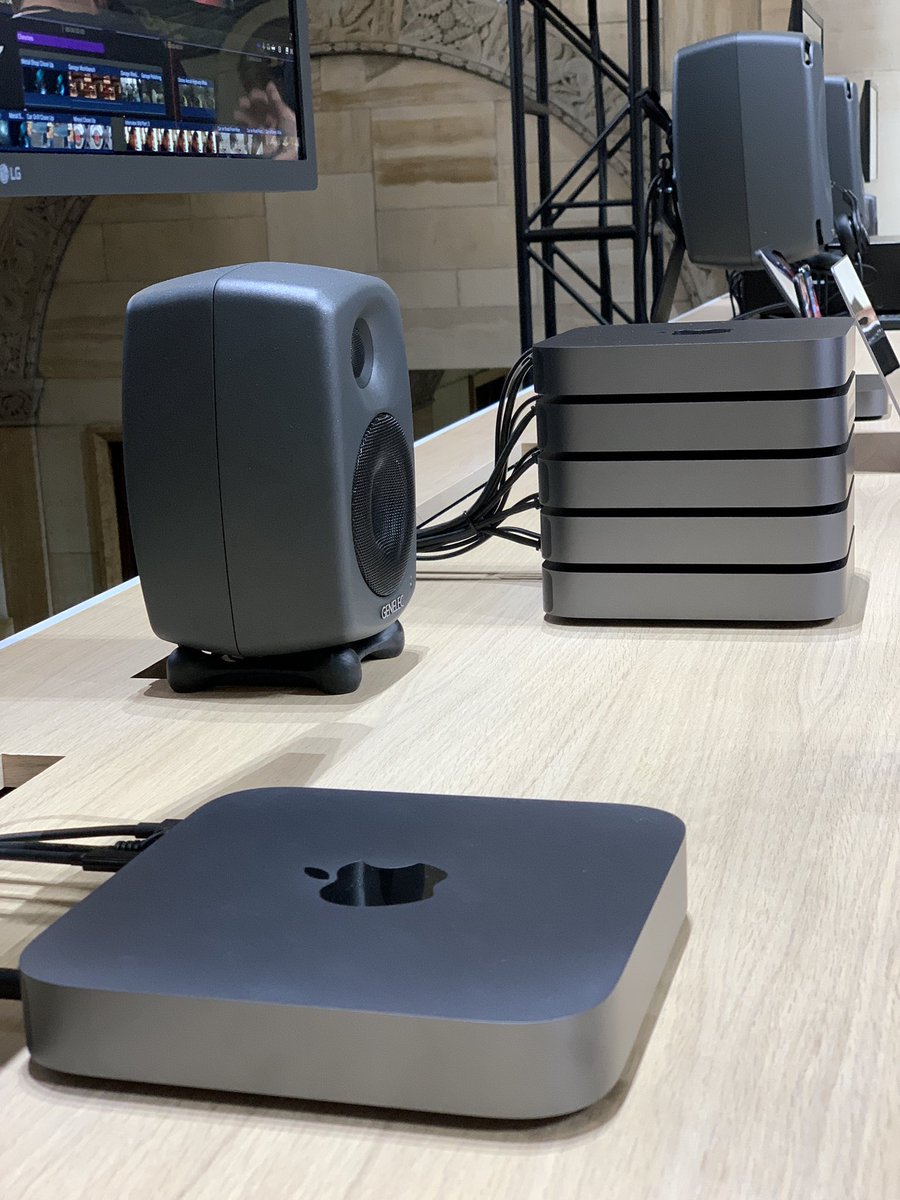
https://t.co/C9W4D96e2K
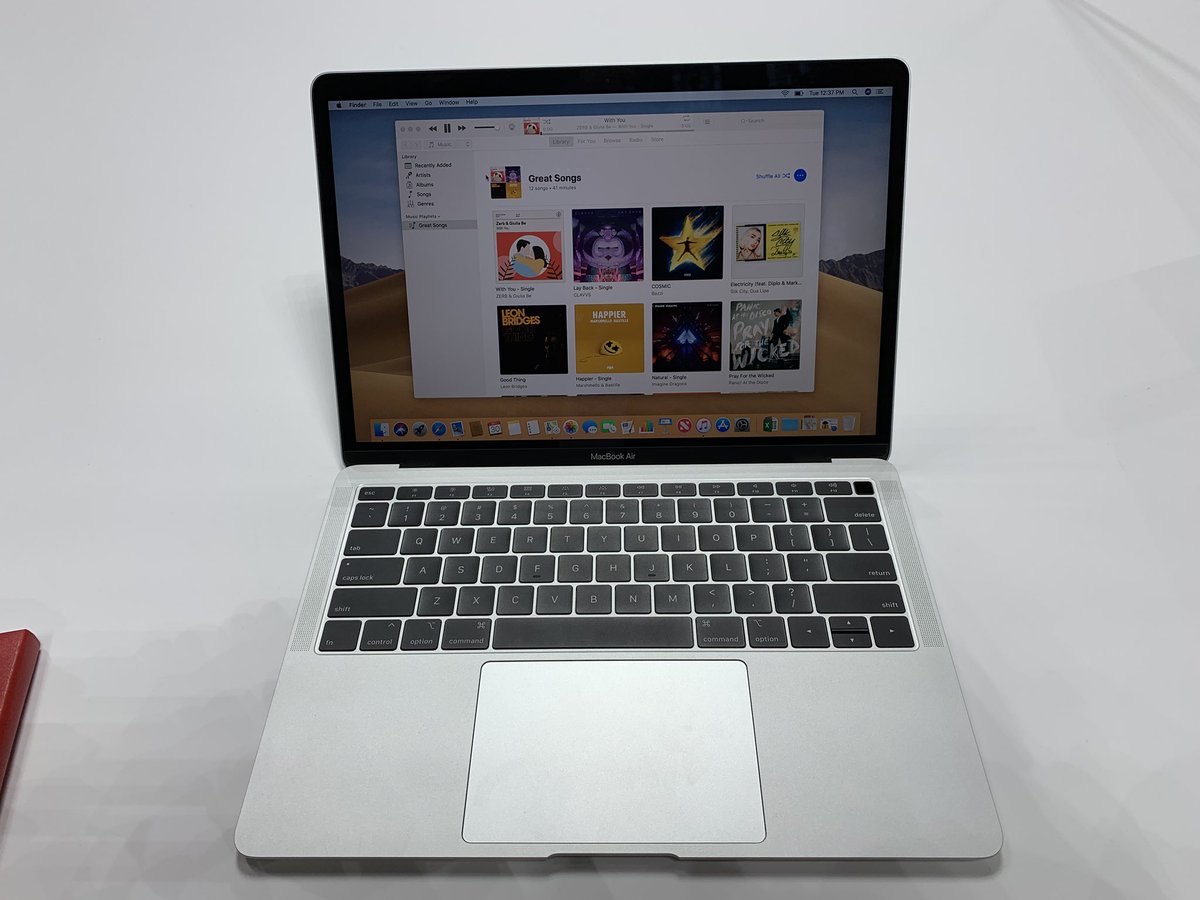
https://t.co/qa6JsO8zbE

Here’s an interesting rig - MacBook screen sharing a Mac mini which is running Xcode and testing suite which auto runs app on several devices - personal build server. You could never connect the mini to a display from moment of purchase, ever

If you cover the Face ID camera it will tell you it’s covered and where the camera is located with an on screen arrow
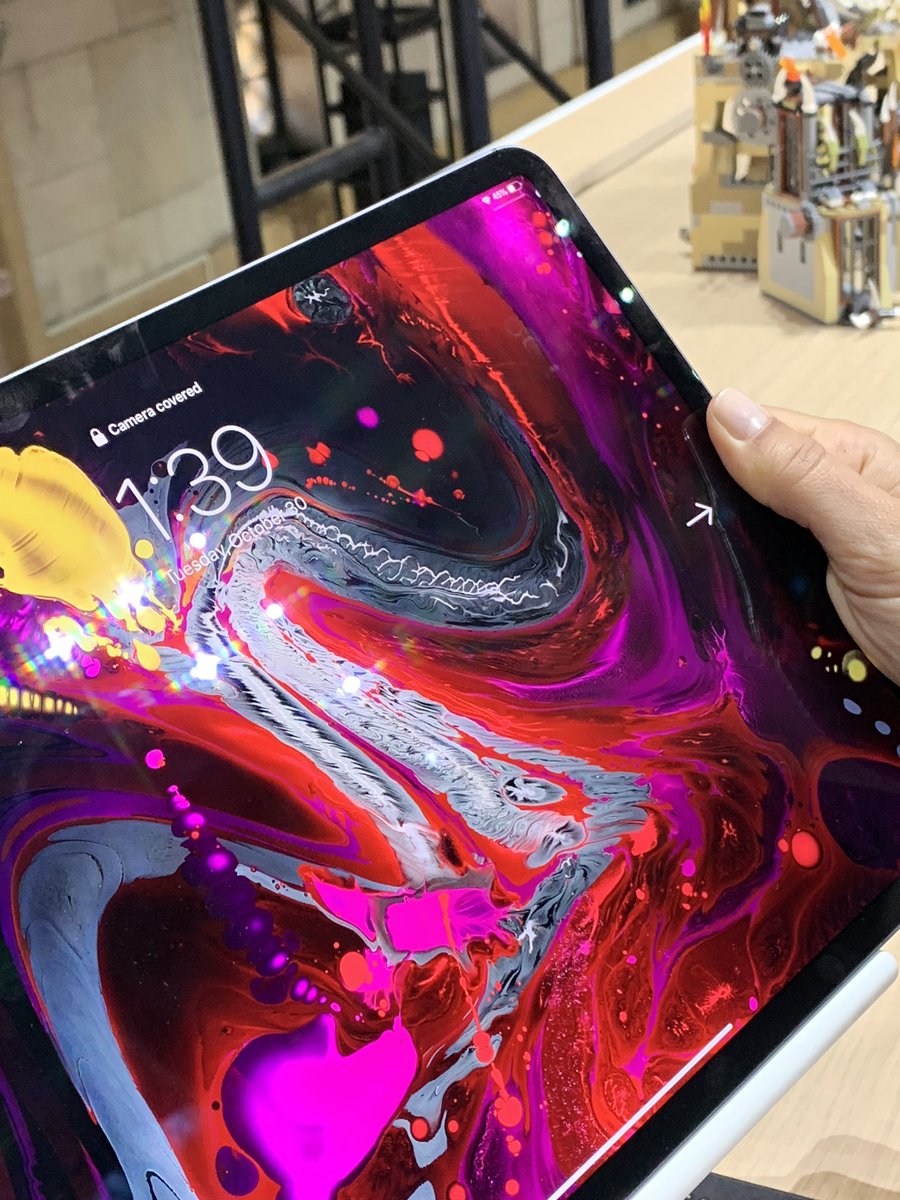

https://t.co/C9W4D96e2K

https://t.co/qa6JsO8zbE

Here’s an interesting rig - MacBook screen sharing a Mac mini which is running Xcode and testing suite which auto runs app on several devices - personal build server. You could never connect the mini to a display from moment of purchase, ever

If you cover the Face ID camera it will tell you it’s covered and where the camera is located with an on screen arrow

Here is a simple example of a machine learning model.
I put it together a long time ago, and it was very helpful! I sliced it apart a thousand times until things started to make sense.
It's TensorFlow and Keras.
If you are starting out, this may be a good puzzle to solve.
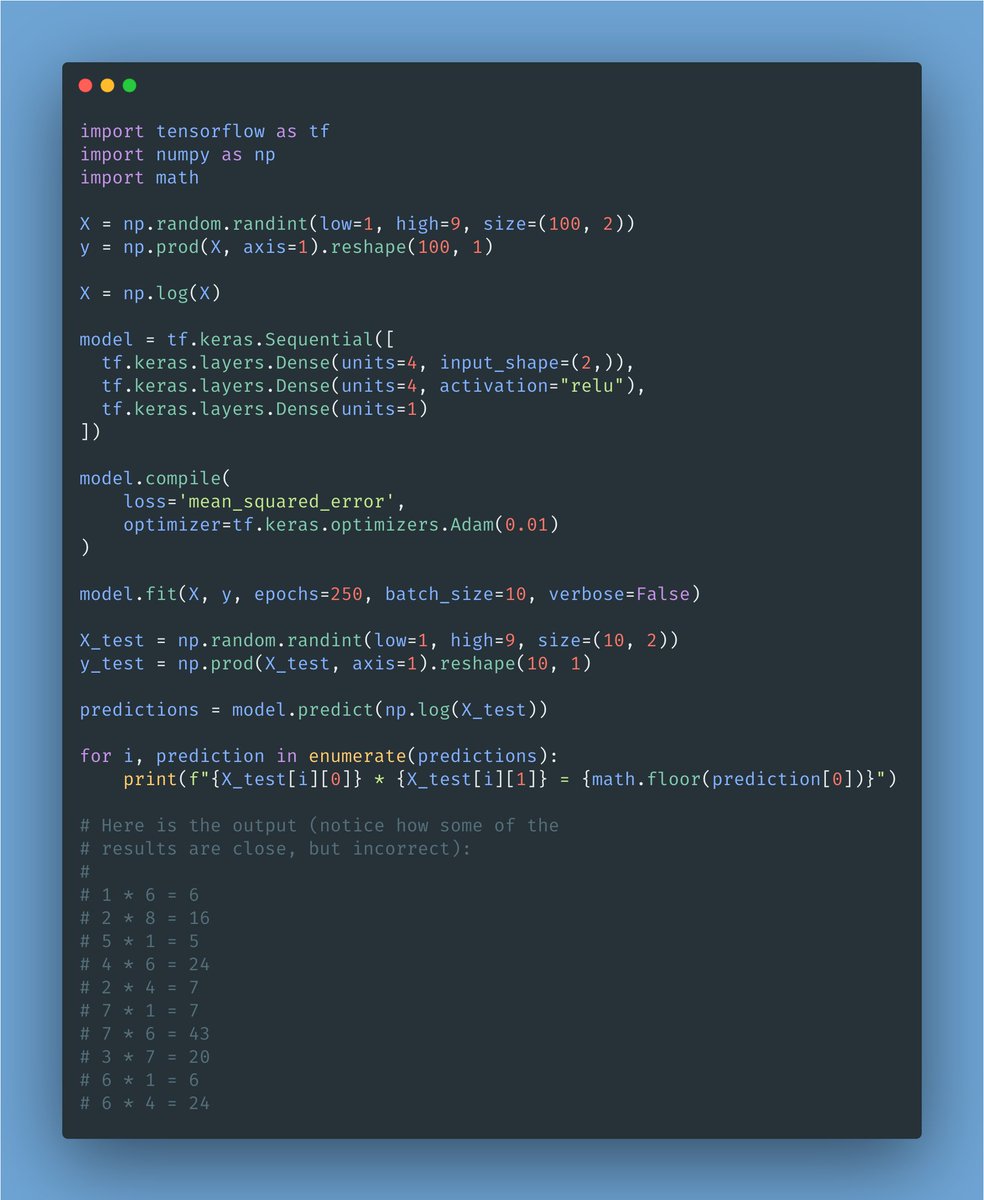
The goal of this model is to learn to multiply one-digit
I put it together a long time ago, and it was very helpful! I sliced it apart a thousand times until things started to make sense.
It's TensorFlow and Keras.
If you are starting out, this may be a good puzzle to solve.

The goal of this model is to learn to multiply one-digit
It is a good example of coding, what is the model?
— Freddy Rojas Cama (@freddyrojascama) February 1, 2021


